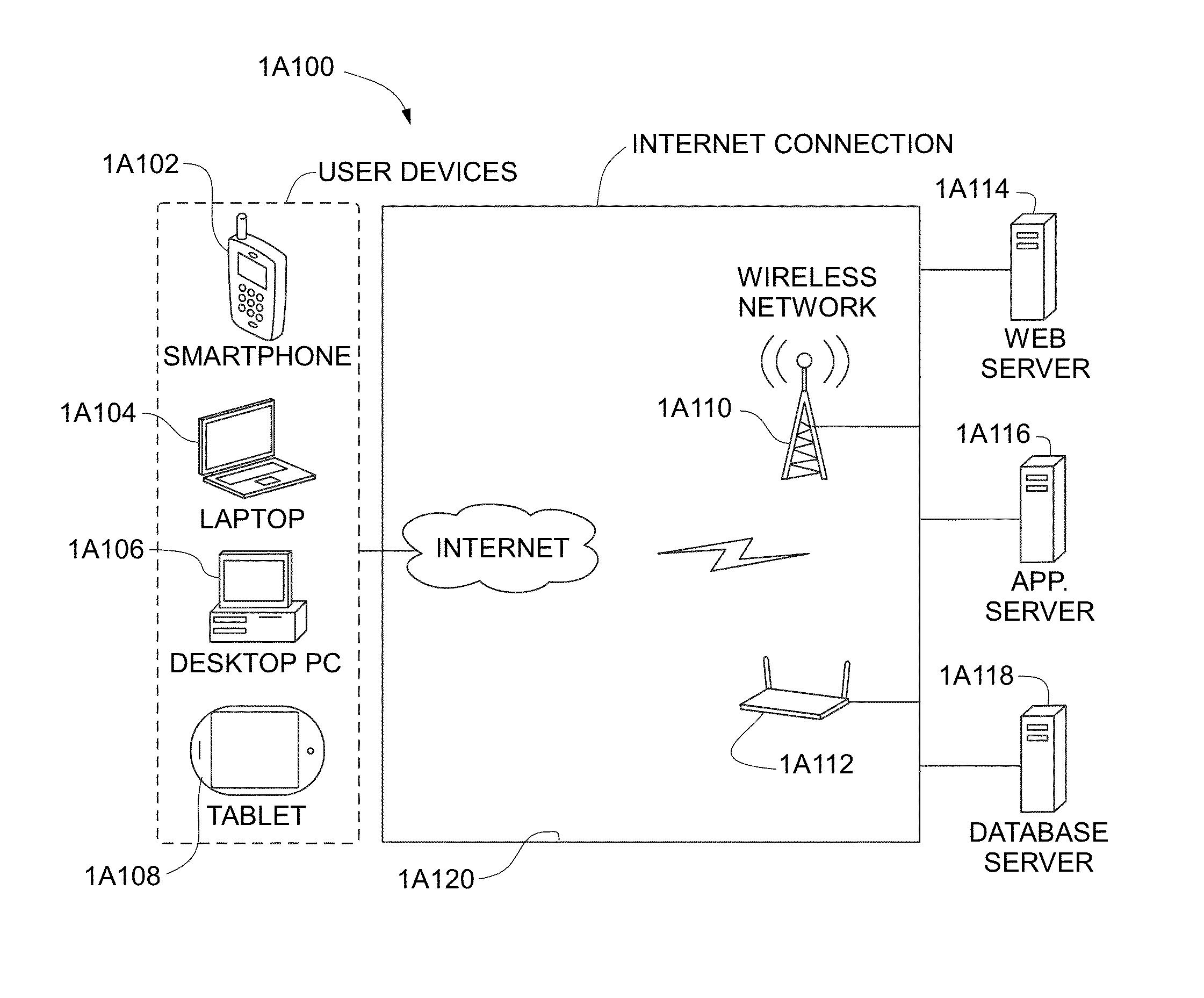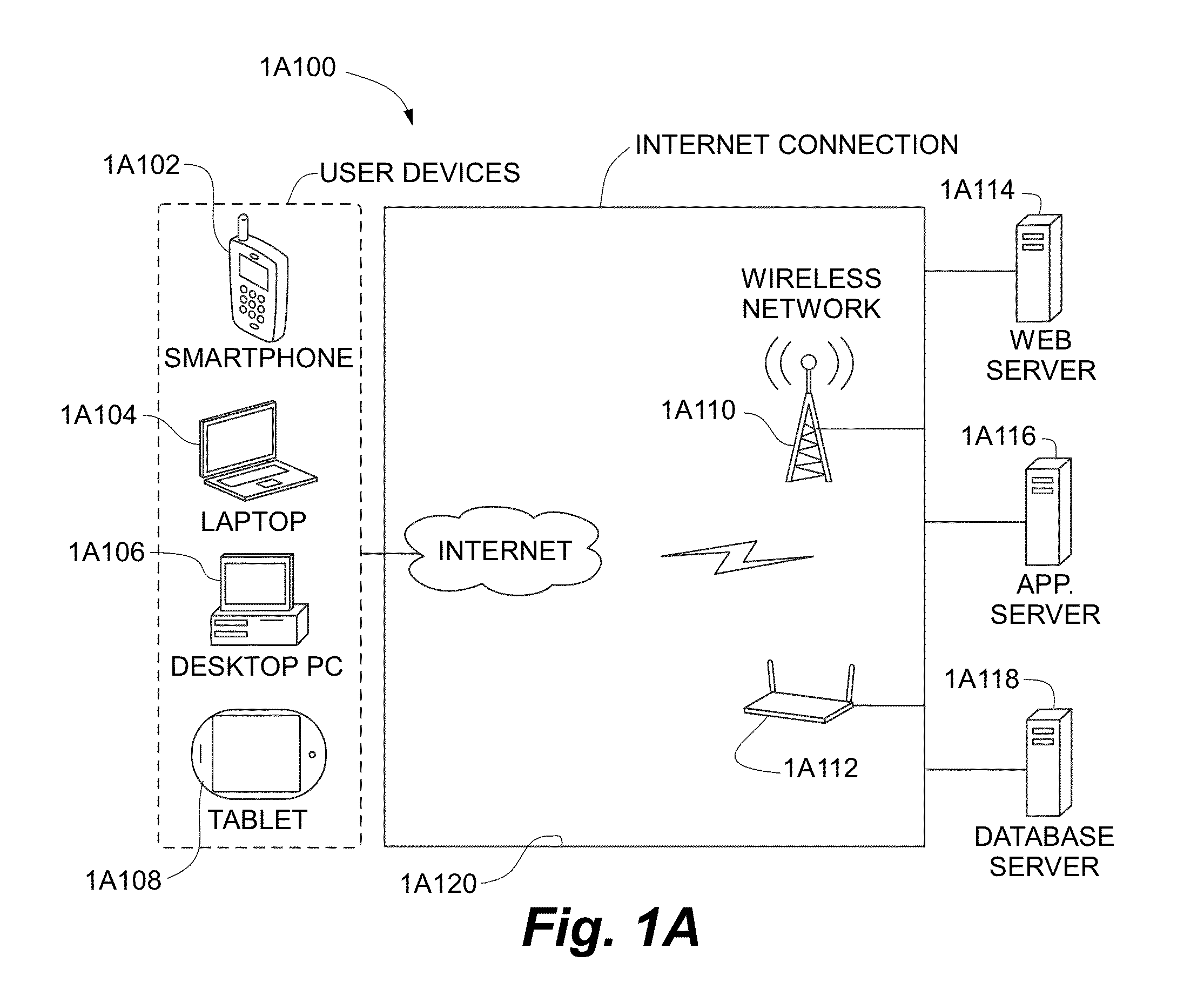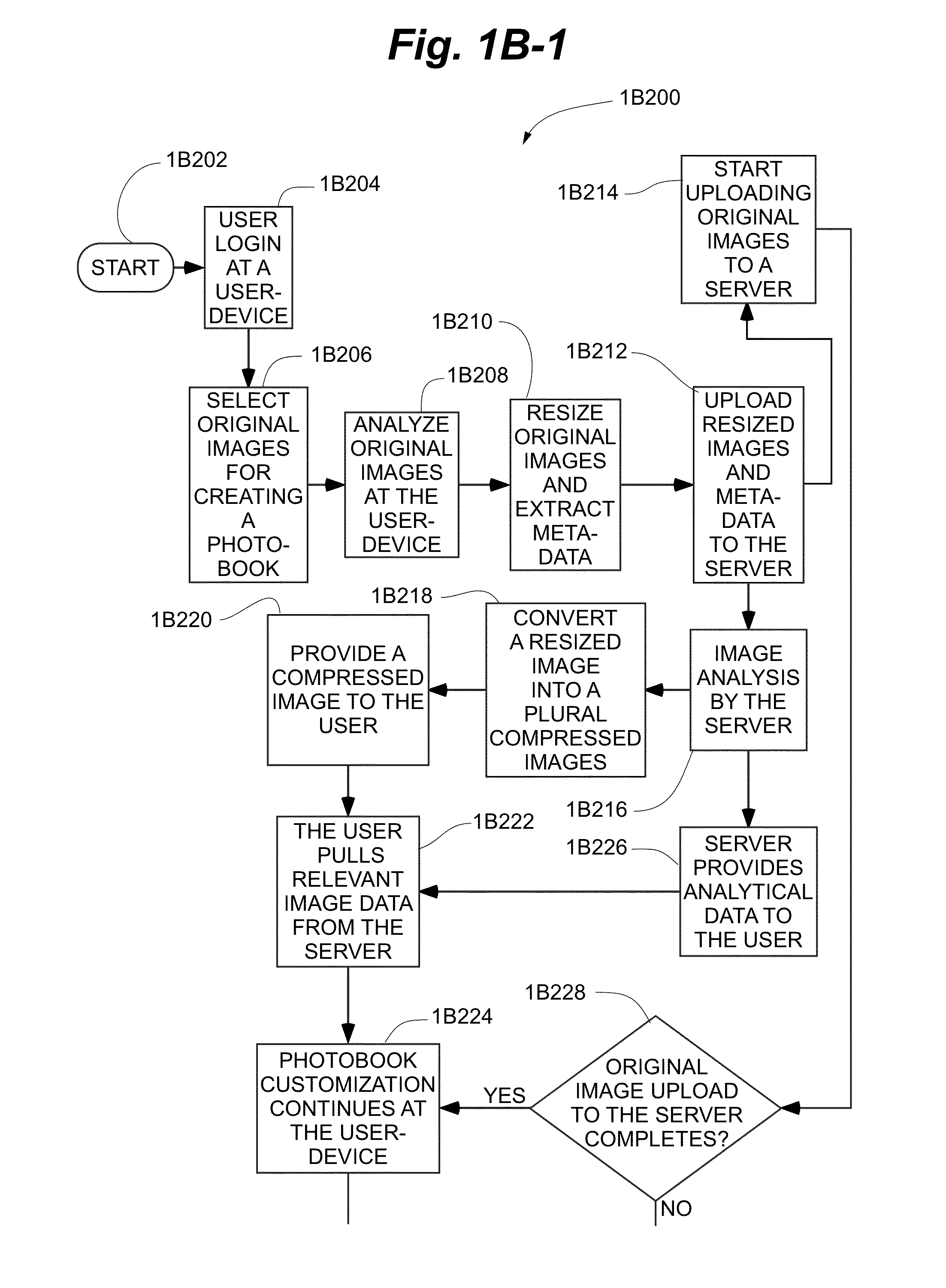Systems and methods for generating autoflow of content based on image and user analysis as well as use case data for a media-based printable product
a technology of autoflow and content, applied in the field of electronic commerce, can solve the problems of insufficient time required by users to create a photo-based project, inconvenient use of the web site, and inability to meet the needs of users, and achieve the effect of closer to purchas
- Summary
- Abstract
- Description
- Claims
- Application Information
AI Technical Summary
Benefits of technology
Problems solved by technology
Method used
Image
Examples
Embodiment Construction
[0103]First, various uploading improvements for use with some embodiments of the present invention are disclosed. The upload embodiments are utilized to transmit from the user to the server images of sufficiently high-resolution to be usable in the image analysis processes of the present invention, but not of such high-resolution that the associates large file sizes create a bottleneck for the customer experience and purchase process. Next, various embodiments of the present invention in which image analysis, use-case, and user analysis is performed to auto-generate an appealing photobook or other media-based product are disclosed. Finally, numerous alternative and illustrative embodiments of the present invention are disclosed.
DEFINITIONS
[0104]In the following description, for purposes of explanation, numerous specific details are set forth in order to provide a thorough understanding of the invention. It will be apparent, however, to one skilled in the art that the invention can b...
PUM
 Login to View More
Login to View More Abstract
Description
Claims
Application Information
 Login to View More
Login to View More - R&D
- Intellectual Property
- Life Sciences
- Materials
- Tech Scout
- Unparalleled Data Quality
- Higher Quality Content
- 60% Fewer Hallucinations
Browse by: Latest US Patents, China's latest patents, Technical Efficacy Thesaurus, Application Domain, Technology Topic, Popular Technical Reports.
© 2025 PatSnap. All rights reserved.Legal|Privacy policy|Modern Slavery Act Transparency Statement|Sitemap|About US| Contact US: help@patsnap.com



